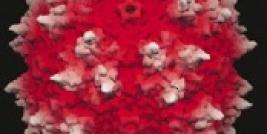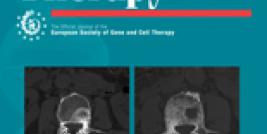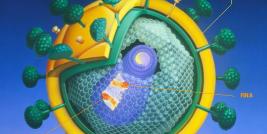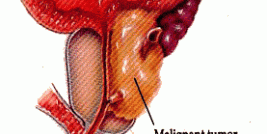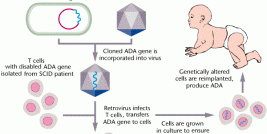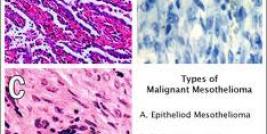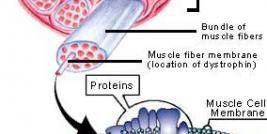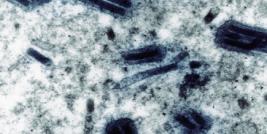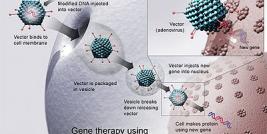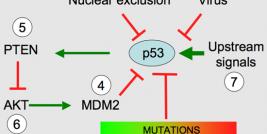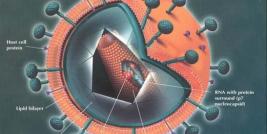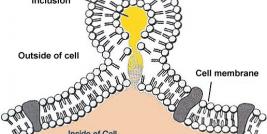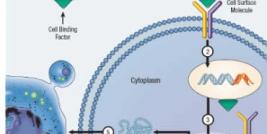Laboratory of Gene Therapy Research, Copenhagen University Hospital
C/EBPa in growth arrest, differentiation and cancer
The C/EBPa transcription factor plays a critical role in the regulation of growth and differentiation in multiple cell types. Mice lacking C/EBPa dies within hours of birth and display a marked lack of differentiation of white adipose tissue as well as of cells within the myeloid compartment, in particular neutrophil and eosinophil granulocytes. Conversely, C/EBPa is capable of inducing differentiation along the adipose and granulocytic lineages when expressed in progenitors of these cell types. Besides its role as a lineage instructive factor, C/EBPa is also capable of mediating growth arrest in essentially all cell types, suggesting that it interacts with highly conserved components of the cell cycle control machinery. These findings are paralleled by the phenotype of the C/EBPa null mice which display hyperproliferation of lung and liver tissue.
We and others have demonstrated that C/EBPa mediates its growth inhibitory effect mainly by functionally repressing the activity of members of the E2F family of transcription factors. When C/EBPa alleles, encoding C/EBPa variants deficient in interacting with E2F family members of transcription factors, are introduced into the wildtype C/EBPa locus, the resulting homozygous mice (BRM2/BRM2 and BRM5/BRM5) display a subset of the phenotypes observed in the C/EBPa null animals. The phenotypes include reduced adipocyte differentiation and a pronounced lack of granulocytic maturation (neutropenia). Interestingly, in older mice the neutropenic phenotype progress with high penetrance to either a myeloid proliferative syndrome or an AML like phenotype. These findings demonstrate that mutations disabling the growth-inhibitory function of C/EBPa predispose mice to leukemic-like phenotypes and that the phenotypic progression occurs through the accumulation of secondary mutations.
Current efforts are focusing on identifying genetic loci collaborating with C/EBPa in leukemic development.

